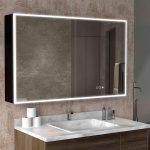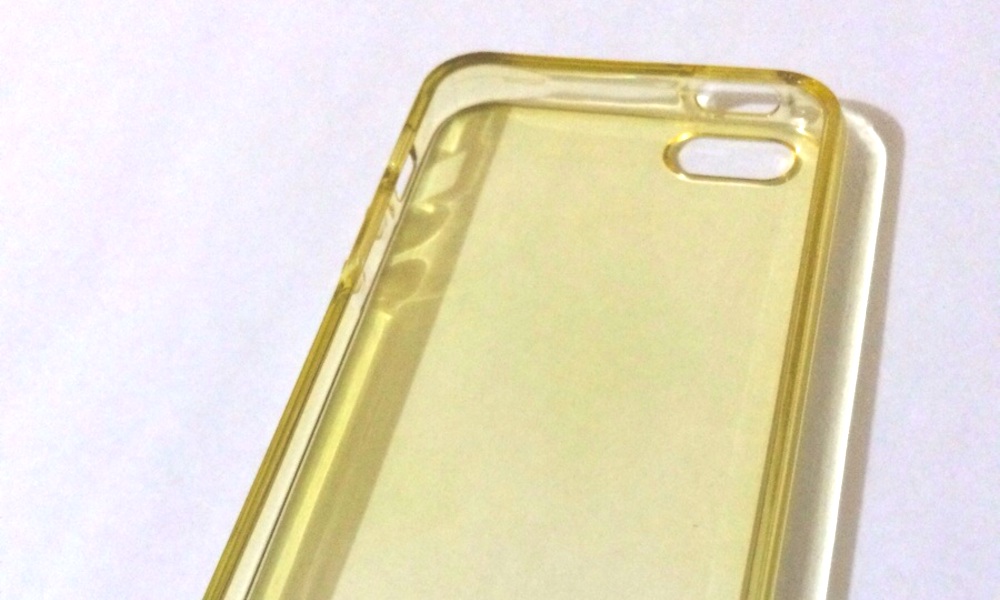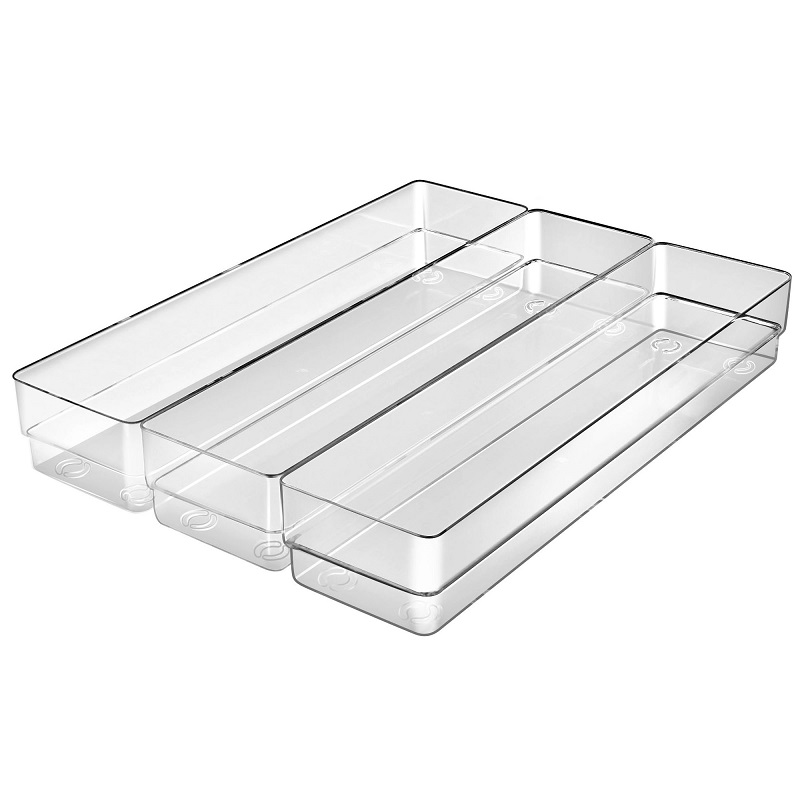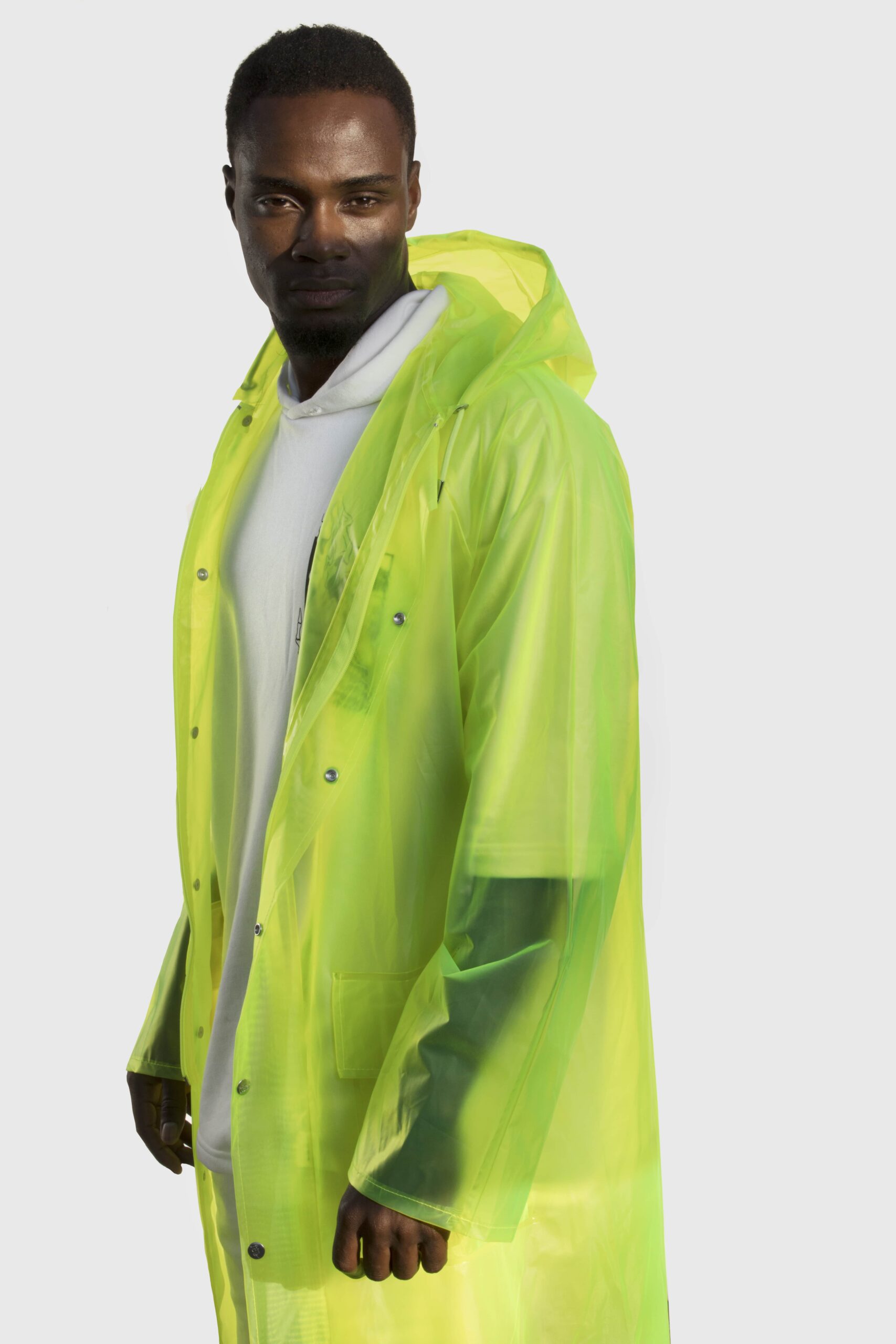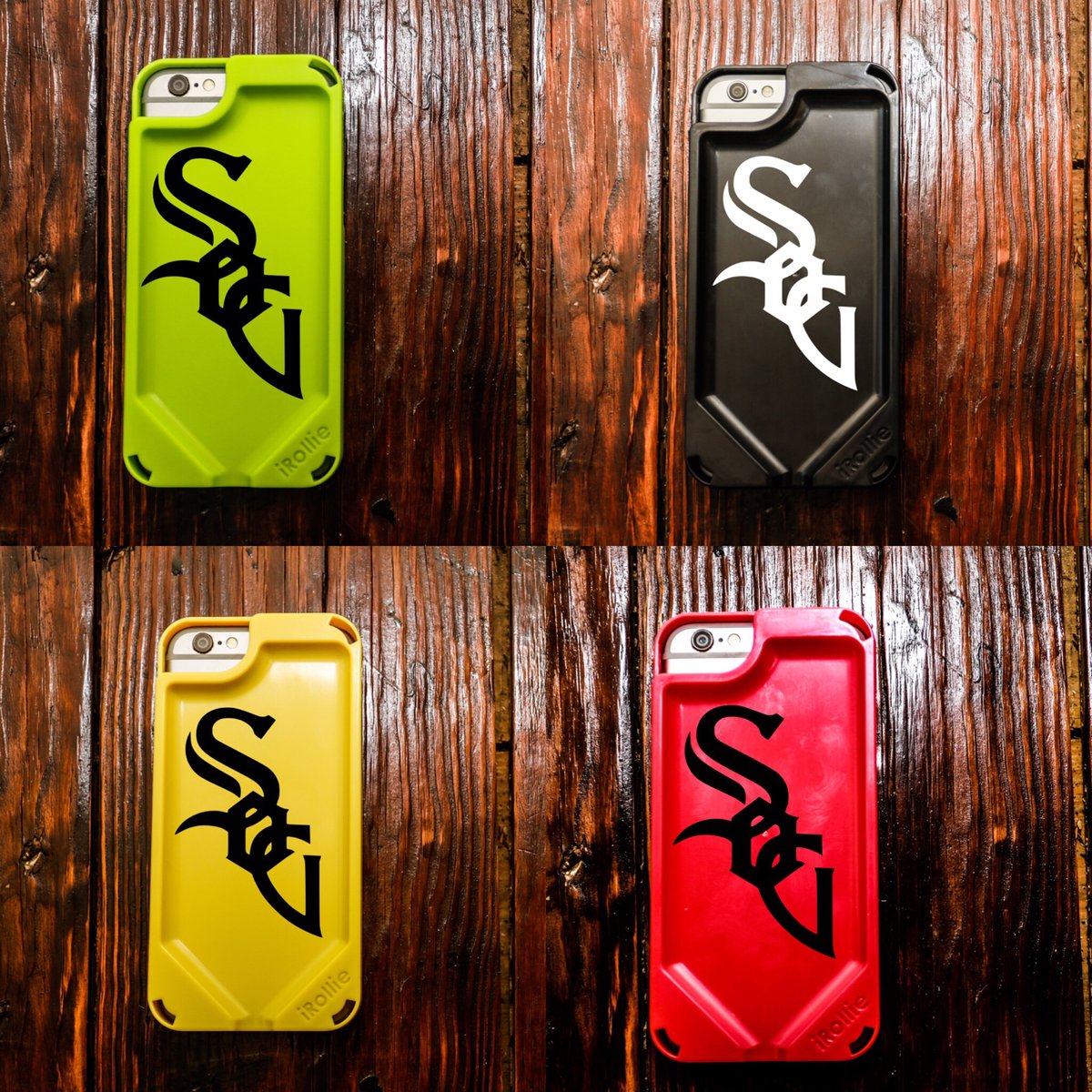Introduction: Unveiling the Mystery of Yellowing Clear Phone Cases
Why does clear phone case turn yellow-Clear phone cases are popular among smartphone users for their sleek and transparent design, allowing the natural beauty of the device to shine through while providing protection. However, over time, many users have noticed a common phenomenon: their once-clear phone cases gradually turn yellow. In this article, we delve into the science behind this discoloration, exploring the factors and processes that cause clear phone cases to yellow over time.
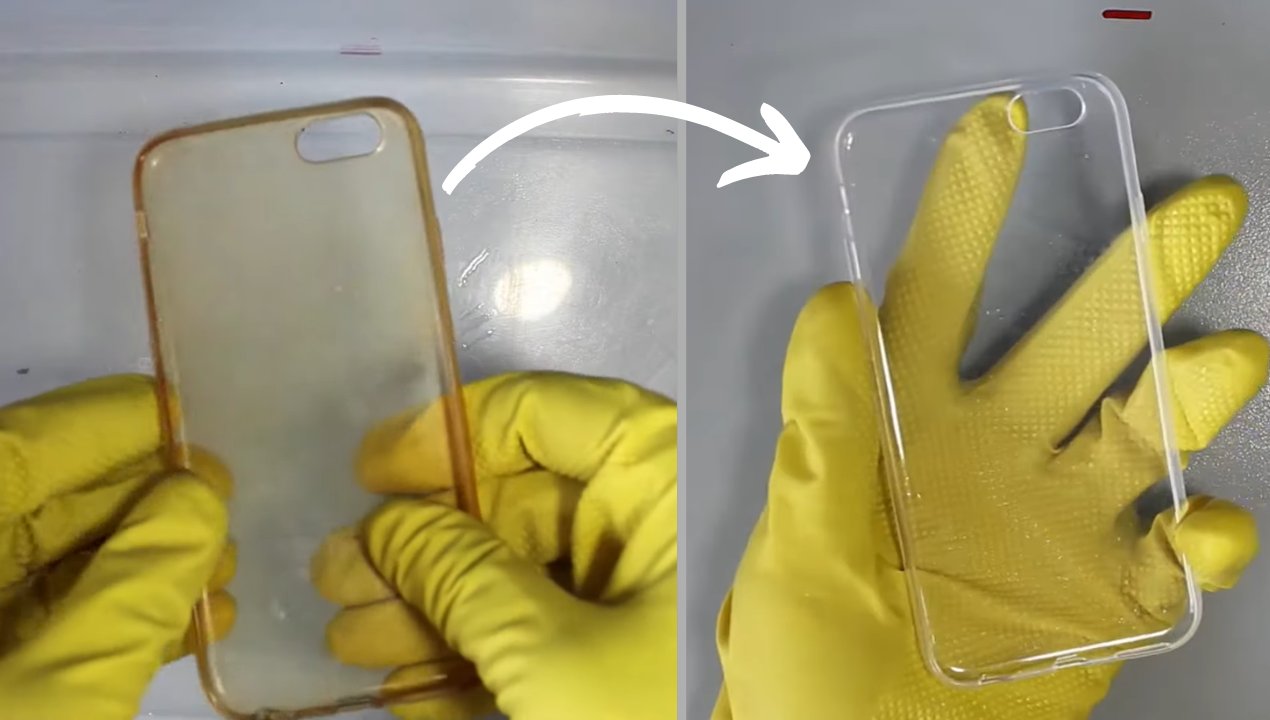
Understanding the Composition: Polycarbonate and UV Exposure
Clear phone cases are typically made from polycarbonate, a durable and transparent thermoplastic polymer known for its impact resistance and optical clarity. Polycarbonate is inherently susceptible to discoloration when exposed to ultraviolet (UV) radiation from sunlight or artificial light sources. UV radiation initiates a series of chemical reactions within the polymer matrix, leading to the degradation of molecular bonds and the formation of chromophores—molecules responsible for absorbing light and causing discoloration.
The Role of UV Radiation: Photodegradation and Polymer Breakdown
When clear phone cases are exposed to UV radiation, the energy from the sunlight or artificial light triggers a process known as photodegradation. During photodegradation, UV photons are absorbed by the polycarbonate polymer chains, causing them to undergo chemical reactions such as chain scission, cross-linking, and oxidation. These reactions result in the formation of free radicals and other reactive species that break down the polymer structure and alter its optical properties, leading to discoloration and yellowing over time.
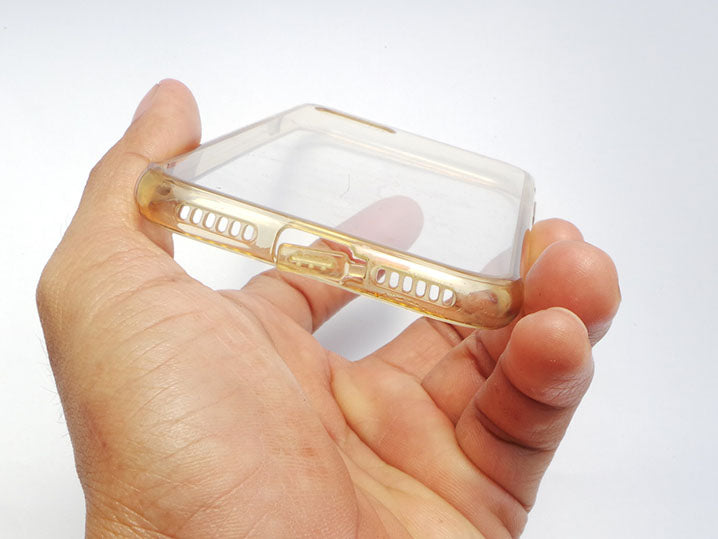
Environmental Factors: Temperature, Humidity, and Air Pollution
In addition to UV radiation, environmental factors such as temperature, humidity, and air pollution can exacerbate the discoloration of clear phone cases. High temperatures accelerate chemical reactions and increase the rate of polymer degradation, while humidity can promote the absorption of moisture by the polymer matrix, further facilitating discoloration. Air pollution, including ozone and other reactive gases, can also contribute to the degradation of polycarbonate and the yellowing of clear phone cases by initiating oxidative processes.
Oxidative Degradation: Free Radical Reactions and Color Formation
Oxidative degradation plays a significant role in the yellowing of clear phone cases, particularly in the presence of UV radiation and environmental factors. UV-induced photodegradation generates free radicals within the polycarbonate polymer chains, which react with oxygen molecules in the air to form peroxy radicals and other reactive species. These reactive intermediates then participate in chain reactions that propagate the degradation process, ultimately leading to the formation of chromophores and yellow-colored compounds.
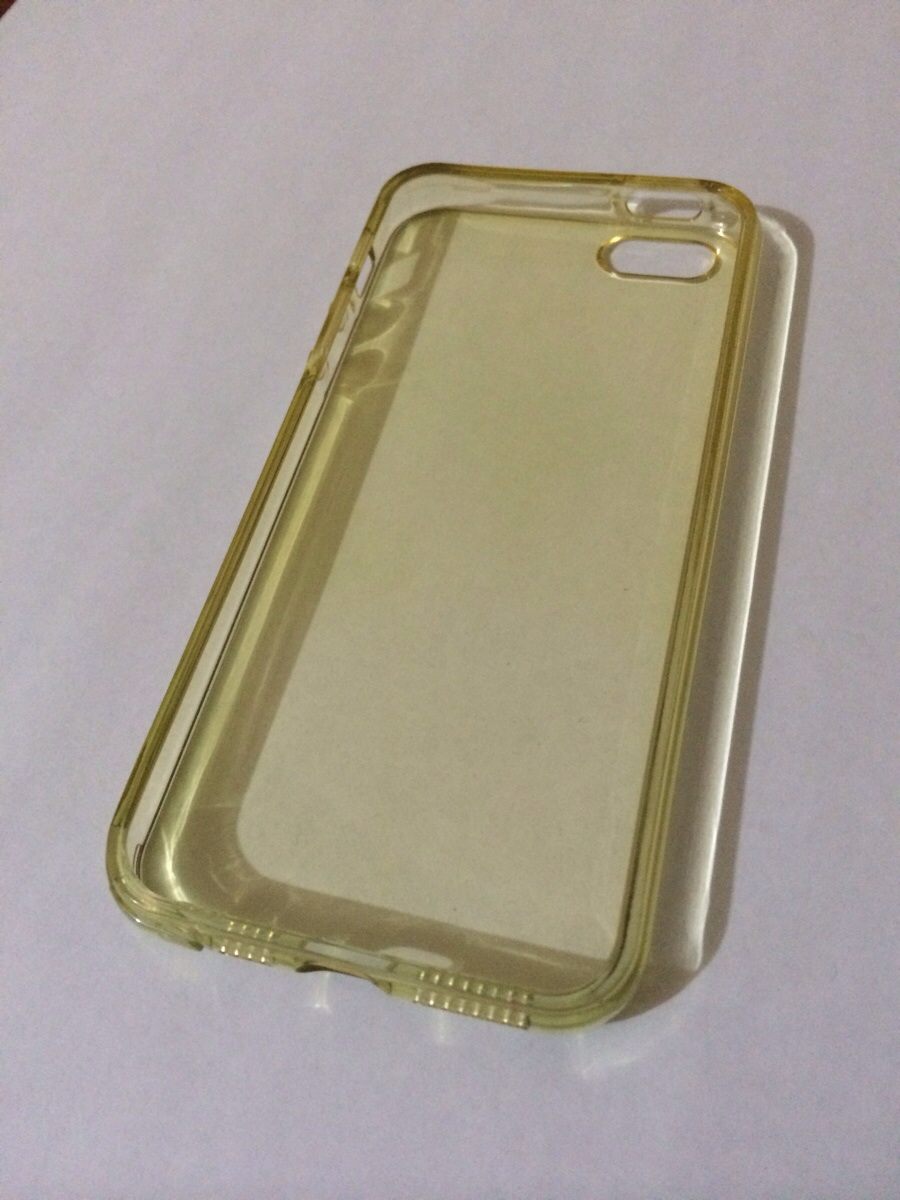
Preventive Measures: UV Stabilizers and Protective Coatings
To mitigate the yellowing of clear phone cases, manufacturers often incorporate UV stabilizers and protective coatings into the polycarbonate formulation. UV stabilizers are chemical additives that absorb or quench UV radiation, preventing it from reaching the polymer chains and initiating photodegradation. Protective coatings provide an additional barrier against environmental factors such as moisture and air pollution, reducing the rate of oxidative degradation and prolonging the clarity of the phone case.
Factors Influencing Yellowing: Plastic Additives and Manufacturing Processes
Beyond environmental factors and UV exposure, the composition of clear phone cases and the manufacturing processes involved can also influence yellowing. Plastic additives, such as antioxidants, plasticizers, and colorants, may interact with UV radiation and environmental elements in complex ways, affecting the stability and discoloration resistance of the material.
Certain manufacturing processes, such as injection molding or extrusion, can introduce stresses and imperfections into the polymer matrix, making it more susceptible to degradation and yellowing over time. Variations in processing parameters, such as temperature, pressure, and residence time, can also impact the structural integrity and optical properties of the clear phone case material.
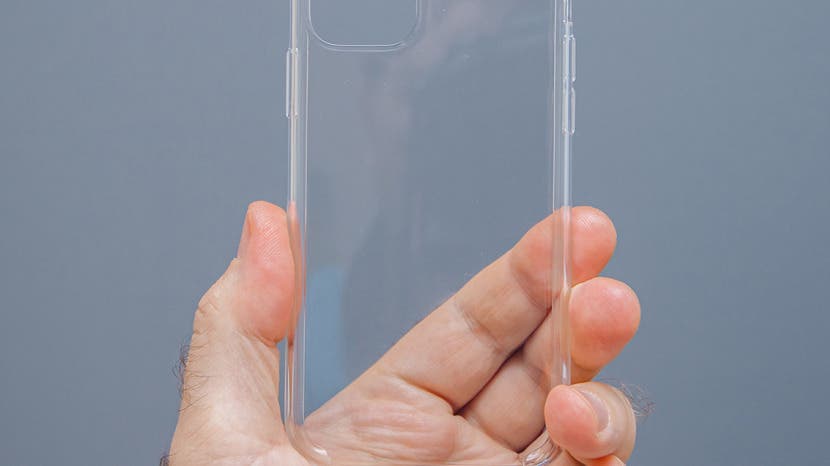
Mechanisms of Degradation: Chain Scission and Polymer Fragmentation
The degradation of polycarbonate in clear phone cases occurs primarily through two mechanisms: chain scission and polymer fragmentation. During chain scission, UV radiation breaks the polymer chains into smaller fragments through the cleavage of chemical bonds. This process weakens the molecular structure of the material and reduces its resistance to mechanical stress and environmental factors.
Polymer fragmentation involves the breakdown of polymer chains into smaller oligomers or monomers, which can further react with oxygen and other reactive species to form colored compounds. As the polymer matrix undergoes degradation, its optical transparency diminishes, resulting in the gradual yellowing observed in clear phone cases.
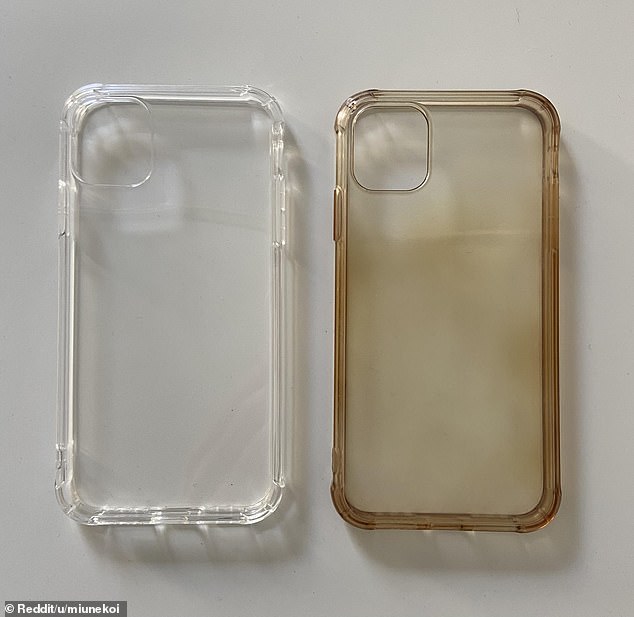
Impact of Usage Patterns: Exposure Duration and Storage Conditions
The rate of yellowing in clear phone cases can also be influenced by usage patterns and storage conditions. Devices that are frequently used outdoors or exposed to direct sunlight for extended periods are more susceptible to UV-induced degradation and discoloration. Conversely, phones that are primarily used indoors or stored in protective cases when not in use may experience slower yellowing.
Furthermore, storage conditions, such as temperature and humidity levels, can affect the degradation rate of clear phone cases. High temperatures and humidity can accelerate chemical reactions and promote moisture absorption by the polymer matrix, exacerbating discoloration. Storing phones in cool, dry environments away from direct sunlight can help mitigate yellowing over time.
Maintenance and Care: Preserving Clarity and Appearance
To maintain the clarity and appearance of clear phone cases, regular maintenance and care are essential. Cleaning the case with a mild soap solution and soft cloth can remove dirt, oils, and other contaminants that may contribute to discoloration. Avoiding exposure to harsh chemicals, abrasive materials, and high temperatures can also help preserve the integrity of the case material.
Additionally, periodically inspecting the phone case for signs of discoloration or degradation and replacing it as needed can prevent aesthetic issues and ensure continued protection for the device. By implementing proper maintenance practices and being mindful of usage patterns and storage conditions, users can extend the lifespan of their clear phone cases and enjoy a pristine appearance for longer periods.
Conclusion: Preserving Clarity and Longevity
Why does clear phone case turn yellow-While clear phone cases offer a stylish and minimalist way to protect smartphones, they are susceptible to discoloration over time due to UV radiation, environmental factors, and oxidative degradation. Understanding the science behind this phenomenon sheds light on the processes and mechanisms involved in the yellowing of clear phone cases. By incorporating UV stabilizers, protective coatings, and proper maintenance practices, users can prolong the clarity and longevity of their clear phone cases, preserving the pristine appearance of their devices while enjoying reliable protection.


